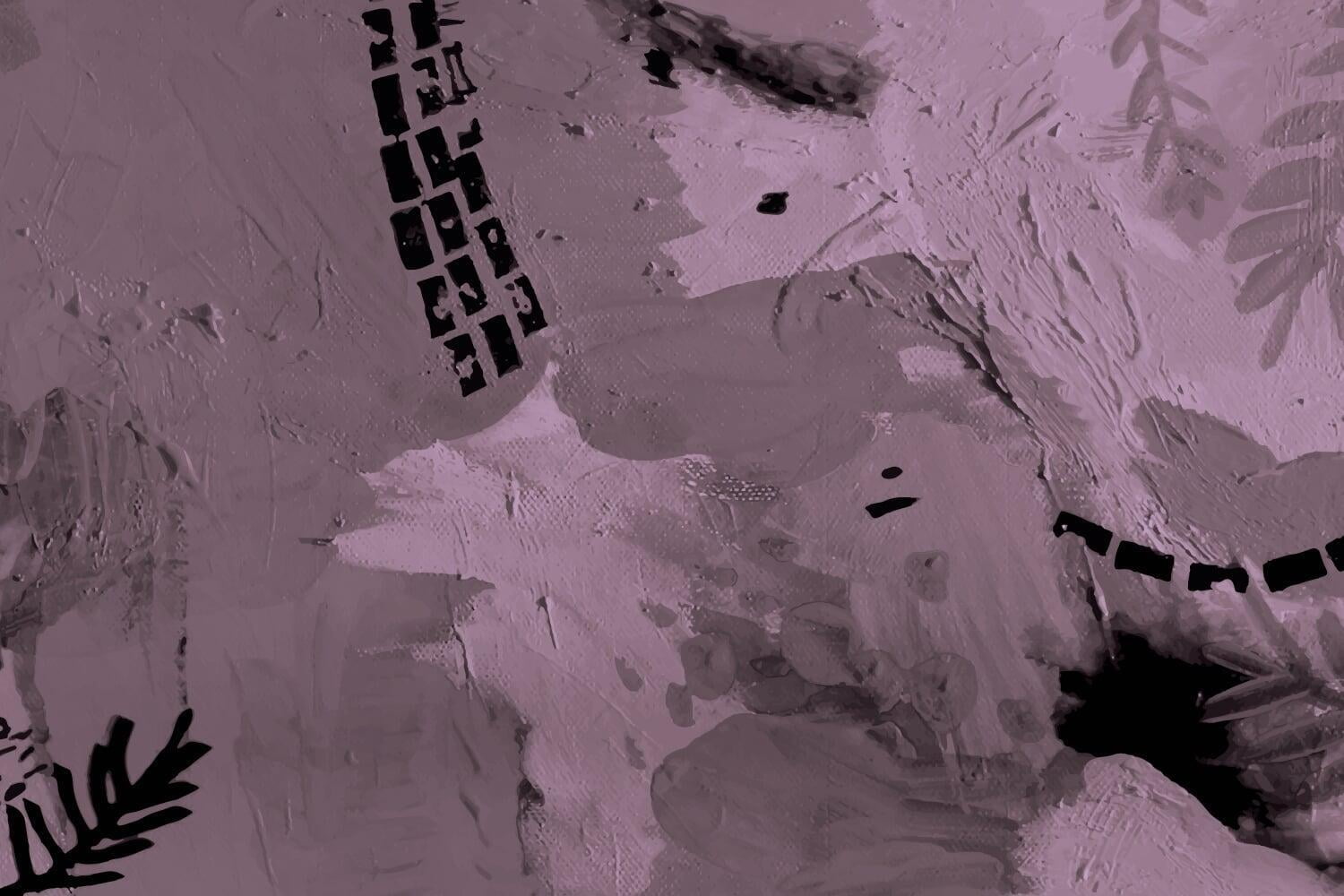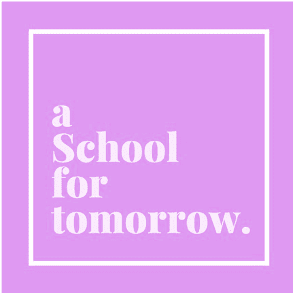The Way | Lead | Establishing the Foundation for Character Education
Asking The Right Questions
Asking the right questions shifts us from defending the status quo to seeking what is best for our students.
We believe that as a community of inquiry and practice, the preparation of the strategic educational approach required to embed 21C character and competency within a school begins with asking the right questions. Strengths and gaps need to be identified. The commitment of all members of the school community to base future educational development activity on the evidence gained in response to these questions is essential. Prevailing assumptions and existing habits need to be interrogated for their continuing relevance. In other words, a community of inquiry and practice must be prepared to inquire, to dig deep, and to confront the challenge of relevance when the natural inclination of many will be to default to a status quo.
Elsewhere, we have viewed the conclusions of our research through a lens that has been focused on building young people of character. We have been putting together a case that a fit for purpose school understands that the ultimate objective for its strategic development is the attainment within the greatest proportion of its student population possible of graduate outcomes for 21C character and competency. The successful embedding of these throughout the warp and weft of school practice will allow graduates of the school to flourish as good people with the civic, performance and moral character that will enable them to make a difference in their world as future builders, continuous learners and ‘unlearners’, team creators and citizens who act as the creative and critical solution architects of their local, regional, and global communities. This is what might be properly termed a fit for purpose object of school strategy.
We have also begun to explore how this might be done in a deliberate, targeted and intentional fashion through a strategic educational development process. How might we put all of these same findings together to think about the final stages of building schools of character that produce fit for purpose 21C people? What is the work of building the community of inquiry and practice that defines a mature school of character? How does a school go about this? It begins with the questions it asks of itself.
Does the school have a clear understanding of a vision for a 21C learning community?
The key to the vision of a school for the future starts with building a picture of the nature of learning and the needs that will arise from this. In this way, education – the core business – should drive the environment and community that it will both inform and inhabit. We have assembled from our own experience and the best research internationally a set of ten concepts and related essential implications for teaching, learning and leading that schools can refer to when thinking about what their learning culture might become. These include:
- The values set for 21C education draws on tradition and is sharpened by our contemporary circumstances. How will the school balance the needs of yesterday, today and tomorrow?
- All aspects of schooling need to be both aligned to a vision for 21C character and competencies and personalised in the experiences of the learners. How will the school bring about the institutional focus and discipline needed to make this a reality?
- The leading schools of the world have a clear vision for learning informed by graduate outcomes. How will the school demonstrate the pervasive influence of a graduate profile on all of the educational activity of the school?
- Educational research across the world points to teacher performance as the key to achieving graduate outcomes. How will the school ensure that data collection, systems, structures and resources encourage the best possible performance of its staff?
- The best teaching is that which works to improve more outcomes for learners within a learning culture that is enriched by reflection and inquiry. How will the school help our community understand the primacy of students asking and answering the right questions that help them to understand and improve their own performance?
- The disposition and habits of the best teachers are based on professional self- efficacy and adaptive expertise. What can the school do to enhance the mastery, autonomy and purpose of its teachers so that they are committed to outstanding outcomes?
- Teachers become better at their roles with an effective coaching and goal-setting process. How will the school help its teachers to welcome their involvement in performance development?
- Teaching operates in a technologically rich society that is more open and informed by data at all levels. How will the school encourage its school to become even more transparent?
- The ongoing pattern of change and renewal in schools needs to be predictive rather than responsive. How does the school build a culture of research and development that helps it to construct the best solutions for its future?
- Educational leadership works best when it attends to deliberate, targeted and intentional strategy that builds the right culture for a learning community that leads its society. How does the school best encourage a design for its future?
Does the school understand how to make learning the core of its school’s strategic intent and then its daily practice?
Building strategic learning vision involves establishing and enhancing a culture of aspiration and performance within the community. The community and everyone in it need to set high expectations and high standards; the assumption that this is being done is too frequently revealed to be inconsistent within schools of all types. The expectation for student achievement should be based on the belief that all children are capable of success – children should be supported to set goals and achieve them regardless of their background and socioeconomic situation. A school needs to have clear and ambitious standards for students and teachers, ideally involving students and teachers in setting these standards, and systems of clear communication, review and feedback on achievement. At the same time, the school needs to pay attention to what works and what doesn’t work in making these standards realisable. In defining and pursuing a vision, the school should attend to leading in practice (drawing on evidence and exemplars of successful education both locally and internationally), pay close attention to measuring success and feedback loops, and understand the state and needs of the systems that support learning and innovation.
Is the school community confident about its capacity to meet the challenge of necessary change?
Building strategic learning capacity consists of creating a shared focus on the international shifts in learning and a commitment to building teacher capacity to provide it. All schools are moving away from rigid systems of learning to personalised systems focused on student needs and graduate outcomes that are enhanced by flexible curriculum and innovative pedagogical practice. They need to attract high quality teaching candidates, provide them with high quality initial training, turn them into effective instructors and researchers, and build a flexible career structure for them that rewards both good teaching and the attainment of good learning outcomes by those with whom the teachers work. Teachers must be encouraged, supported and developed to take responsibility for their professional learning within the context of the changing nature of our world, and the changes to the educational, human, technological and other systems that support it. Schools need to promote effective teachers and give them more responsibility for leading teaching and learning. To this end, they need to identify effective leaders early in their careers and prepare them through specific training and development to lead for change and support teachers through the process.
Does the school have the mandate of its community to go about this process of change?
Building a mandate for change in strategic learning begins with helping a community commit itself to the value of its educational future and its educators. The school community must place a high value on education – this should be reflected through levels of funding, attitude, support, community involvement, and support. At the same time, quality teachers are key to the success of students and the teacher-student relationship is vital to making sure that well-intentioned statements about the value of education are borne out in the concrete actions of connected and supportive school stakeholders who value teachers, recognise the importance of their work and understand that their profession is complex. These stakeholders need to be drawn together to help develop teachers through mentoring, classroom observation, and constructive feedback to become more professional and more collaborative in all areas of practice, especially in tracking and diagnosing the nature and progress of an individual child’s learning.






